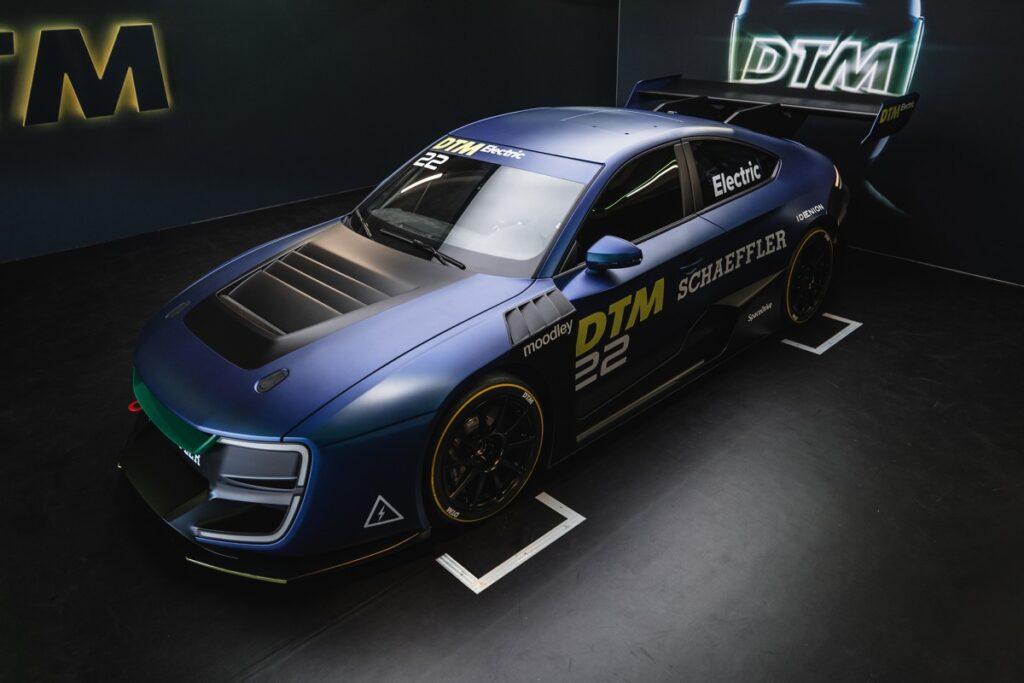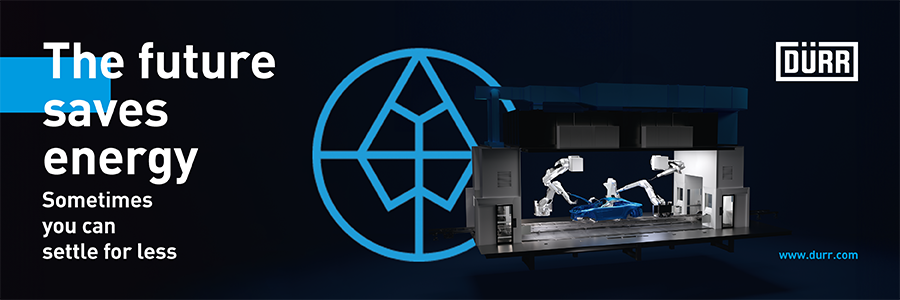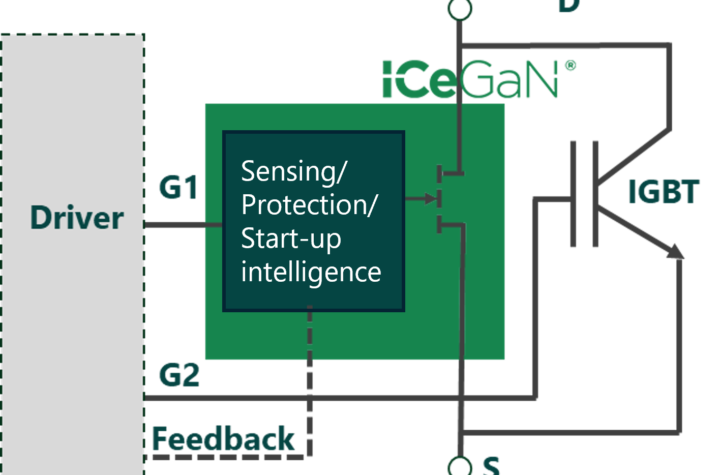
The future of the transportation and logistics industry is electrified, automated, and digital. Tomorrow’s commercial vehicles will feature improved efficiency and road safety – and bearings will play a key part in this. “Heavy goods transportation is an area where bearings offer huge potential for savings, and that’s true for both conventional and electrified powertrains,” said Matthias Zink, Schaeffler’s CEO Automotive Technologies. Schaeffler has been developing special bearing solutions for light and heavy commercial vehicles for over 100 years and currently produces over 80 million bearings per year for this segment. Bearing solutions for electrified powertrains, digitalization, and automated driving constitute a key focus area for the company’s development work going forward.
Electrified and efficient: Bearings deliver increased powertrain efficiency People often underestimate the huge role that bearings can play in eliminating power loss and hence reducing fuel consumption and CO2 emissions in light and, more especially, heavy commercial vehicles. “In electrified powertrains, high-efficiency bearings can be used to get increased range from the same battery, or to achieve the same range using a smaller battery,” says Dr. Dieter Eireiner, head of Schaeffler’s Bearings business division. This pays dividends for vehicle fleet operators in terms of reduced procurement and operating costs, or – using the same battery – the ability to carry more cargo per trip. Schaeffler is therefore continually optimizing its bearings, with enhanced seal technology, improved overall design, and reduced tolerances. The company has now developed a new bearing unit specifically for commercial vehicles that delivers further benefits by significantly reducing friction loss. The new bearing brings together innovative design, a new heat treatment method, and a specially adapted seal concept. On a driven rear axle with a maximum axle load of 13 tons, the bearing reduces friction by 56 percent, corresponding to an energy saving of up to 600 W. In a commercial vehicle with an electric range of 500 kilometers, the resulting energy saving can be as much as 11 kilowatt-hours per charge. Alternatively, the vehicle manufacturer can realize that saving by reducing the battery capacity, which lowers costs significantly.
For light commercial vehicles ranging from pick-up trucks to vans, Schaeffler has developed its TriFinity row ball bearing. The TriFinity bearing is no larger than a standard double-row ball bearing but is able to transfer greater axle loads. This reduces vehicle power consumption and is a key benefit in inner city transportation operations.
New: Wheel bearing with integrated tire inflation function While maintaining the correct tire pressure is fundamental to reducing truck fuel consumption and tire wear, manually adjusting the pressure for each trip and change in weather conditions is a time-consuming task that is often neglected. Schaeffler has now developed a wheel bearing with an integrated seal that helps adjust tire pressure to driving conditions on the fly – without any manual input from the driver. “This solution reduces fuel consumption, CO2 emissions, and tire wear, which enables fleet operators to lower their operating costs while at the same time improving safety,” explains Dieter Eireiner. The key to this innovation is the pneumatic rotary union that connects the bearing to the tire. Once integrated into the vehicle manufacturer’s systems, this can be used to automatically reduce or increase tire pressure on all axles. Tire pressure can, for example, be increased automatically to the optimal level when the vehicle is loaded, and then be reduced again when it is unloaded. Another use case relates to temperature management. High temperatures can cause tires to become overinflated, leading to both tire damage and longer braking distances. Here too, the new wheel bearing from Schaeffler helps keep tire pressure at optimal levels. The solution also comes into its own in off-highway applications, where drivers commonly reduce the tire pressure to improve traction on unpaved surfaces like mud and sand, and then have to reinflate the tires once they are back on the highway. It will soon be possible to automate these tasks thanks to Schaeffler’s new wheel bearing with integrated tire inflation function.
Automated and digital: Intelligent wheel bearing with smart sensors Schaeffler has also developed a new, intelligent wheel bearing designed to bring digitalization to trucks and accelerate the development of automated driving. Incorporating smart sensors, this innovation enables remote monitoring of bearing and wheel condition – an important added function, given that four out of every ten vehicle breakdowns are caused by defective tires or brakes. This new functionality will allow transport fleet operators to monitor the condition of vehicles on the road and receive early warnings of potential damage and breakdowns so that they can undertake preventive maintenance. The integrated sensors can also take measurements of wheel forces, braking forces, vibrations, and wheel hub temperatures, all in a fraction of a second. “Our intelligent wheel bearing provides key data for automated driving and digital services,” explained Eireiner. This data can be used for a range of purposes, such as detecting when items of cargo have fallen or shifted in transit, or assessing road conditions and road surfaces.
Schaeffler at IAA Transportation 2022, Hanover This year Schaeffler will be making its first appearance as an exhibitor at IAA Transportation, the world’s leading platform for the transportation and logistics industry. The company will be presenting a range of drive and chassis solutions.
You will find Schaeffler at Booth B37 in Hall 12 and at Booth U47 on the open-air site.




More Stories
Must-Have Car Protection Accessories For Every Season
CGD ANNOUNCES BREAKTHROUGH 100kW+ TECHNOLOGY ENABLING GaN TO ADDRESS $10B+ EV INVERTER MARKET
How AI-Powered License Plate Recognition is Transforming Vehicle Tracking & Security